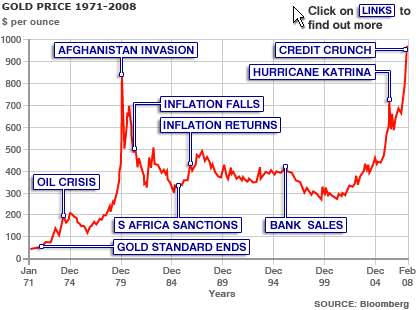There are a lot of different factors that combine to make the perfect stock, and even then, there is no guarantee of success. Nonetheless, this article will try to identify some key components every investor should consider when hunting for the next money-making opportunity.
What to look for in your next stock investment?
1. Growth: Healthy growth in revenue is a good start for any quality investment. Preferably, a rate of 15% over the last five years would be ideal, but sometimes there may be glitches along the way due to recessions and business restructuring.
2. Profit Margins: How much money the company actually earns in profit for each dollar the company generates in revenue. Somewhere in the range of 15% or more would be healthy, and provide some cushion for pricing pressure and new competition in the market. Some businesses, like grocery stores, however, have chronically low profit margins, which is evidence of stiff market competition.
3. Balance Sheet: Essentially, the more money the company has borrowed, the less of a stake in the company its shareholders have should things turn south. Try to find a company that has a lot of assets compared to its liabilities. If a company has no long-term debt, that would be ideal, but of course this is rare. A debt-to-equity ratio is often utilized in this area, and if so, try and keep it below 50% debt.
4. Valuation: This is generally a comparison of the price of the stock in relation to its earnings. Anything over 20 times a 3-5 year earnings average is too expensive for most businesses, and under 15 times would be best as long as the company displays other signs of health, like those mentioned above.
5. Dividends: A dividend is how much money the company returns in cash to its shareholders. Dividends vary widely, and it is important to remain principled in this area. It is easy to go chasing stocks that do not pay a dividend, but it can become dangerous as dividends can be used as a good indicator of overall financial health. Ideally, a dividend of over 2% would be considered healthy.
Cheers,
Happy Investing Intelligent Investors, and please remember to share this blog with others!
Matthew.
